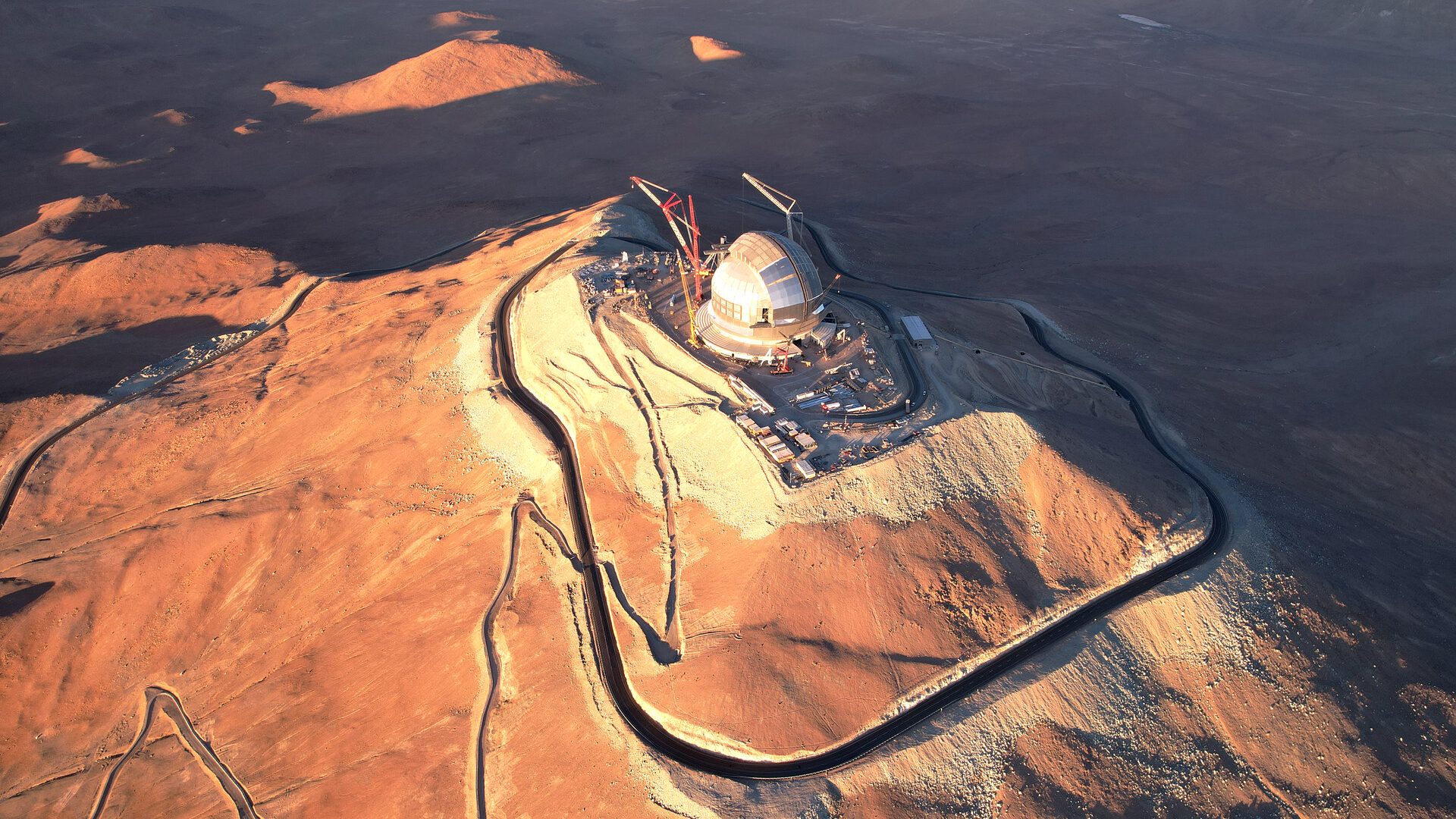When is the next total solar eclipse in the US?
Did you see the total solar eclipse?
If you were one of the lucky ones with cloudless skies on Monday (April 8), you might be hooked on eclipse chasing for the rest of your life. And if you were one of the unlucky ones stuck under clouds, well, there's always next time.
But when is that next time? If you're willing to travel abroad, not that long: two years and change. But if you want to stay in the U.S., you'll be waiting a while: nearly a decade.
"Solar eclipses happen every few years on the Earth, but the path of totality is only about 100 miles [160 kilometers] wide," Jason Steffen, associate professor of physics at the University of Nevada, Las Vegas, told Space.com. "Two-thirds of the time, the path of totality will be over the oceans. So, it's not that eclipses are rare, but that it is rare that the eclipse passes nearby."
So, whether you've caught the eclipse bug or are still hoping to see your first-ever total solar eclipse, here's what you need to know about the upcoming celestial events.
Related: Total solar eclipse 2024: Everything you need to know
When is the next total solar eclipse in the US?
You might've seen the year 2044 thrown around, and while it's true that there will be a total solar eclipse in the U.S. that year, there's actually one even sooner.
Breaking space news, the latest updates on rocket launches, skywatching events and more!
On March 30, 2033, a total solar eclipse will be visible in Alaska — remote Alaska, that is. The path of totality sweeps across the northwestern part of the state, from Utqiagvik (formerly known as Barrow) down to Nome, and totality will last about 2.5 minutes. Infrastructure is quite limited in this part of the state, so if you're planning to go, definitely be sure to book your accommodations in advance.
The next total solar eclipse visible from the Lower 48, however, is on Aug. 22, 2044. Totality will only be visible in three U.S. states: Montana, North Dakota and South Dakota. And while there's definitely more infrastructure in this part of the country than in remote Alaska, it's still a pretty sparsely populated area. Again, you'll want to make your travel plans as early as possible. What's unique about this eclipse, however, is the fact that it occurs around sunset — that will certainly make for gorgeous photography.
Then, just one year later, there will be another "Great American Total Solar Eclipse," which will be much more widely visible. On Aug. 12, 2045, totality will cross the entirety of the country, running from northern California to Florida. That event may be 21 years away, but we suspect it will stoke the same frenzy as this year's eclipse. Plus, August is typically better for total solar eclipses cloud-wise.
"I prefer my total eclipses in August," tweeted meteorologist Jim Cantore, referring to the cloud coverage for this year's total solar eclipse.
When (and where) is the next total solar eclipse in the world?
If you're too impatient to wait nine (or 20) years for the next total solar eclipse, you have plenty of options. The next total solar eclipse anywhere in the world will occur on Aug. 12, 2026, just slightly more than two years away.
What's great about this eclipse is that totality will be visible from a place that's easy (and fun) to visit: Spain. The path of the eclipse cuts right through the northern half of the country, with totality falling between Barcelona and Madrid, and continuing on to the Balearic Islands. Though there are thousands of hotel rooms and vacation rentals in this region, August is peak tourist season in many parts of Spain, so it'll likely be fairly crowded.
Fortunately, the eclipse will also pass through some more remote locations that might appeal to intrepid eclipse chasers. It'll travel down the east coast of Greenland and make it all the way to Reykjavik, Iceland. But chances are the weather might be a little more cooperative along Spain's sunny Mediterranean Coast.
When is the next annular eclipse or partial eclipse?
While partial and annular solar eclipses might not be as spectacular as total solar eclipses, they're still cool celestial events to witness. The next annular or "ring of fire" solar eclipse will occur later this year, on Oct. 2, and it'll be visible across a thin section of Chile and Argentina, as well as a few Pacific islands.
The next solar eclipse to hit the U.S. is the partial eclipse of March 29, 2025, which will darken skies for observers in the nation's far northeastern reaches.
Editor's Note: If you snapped an amazing solar eclipse photo and would like to share it with Space.com's readers, send your photo(s), comments, and your name and location to spacephotos@space.com.

Space.com contributing writer Stefanie Waldek is a self-taught space nerd and aviation geek who is passionate about all things spaceflight and astronomy. With a background in travel and design journalism, as well as a Bachelor of Arts degree from New York University, she specializes in the budding space tourism industry and Earth-based astrotourism. In her free time, you can find her watching rocket launches or looking up at the stars, wondering what is out there. Learn more about her work at www.stefaniewaldek.com.
